Gold Coast
The Gold Coast is Australia’s sixth largest urban area, with a population of just over half a million and growing with close to 11,000 new residents moving in each year. To put it another way, for every five people on the Gold Coast today there will be eight people within 25 years. With a multi-cultural population of 590,000 people, the Gold Coast is projected to be home to approximately 1 million people before 2050.
MARKET RECOVERY
The Gold Coast market RECOVERY started in earnest in 2016/2017. It followed a market correction. This reset and rest was needed as the Gold Coast had overheated in terms of price and rentals in the mid to late 2000’s. Property values had appreciated in order of 165% between 2001 and 2008. So what will occur this time? Says Michael Matusik “values are expected to lift, but mildly in comparison. Potentially, house values could rise by another 9% and attached property values by as much as 11%. The Gold Coast market could be peaking in the early 2018 to 2019 depending on interest rates movements, local employment trends and supply and demand. During the next decade this underlying demand is expected to lift to 5,225 new houses required per annum. Our modelling indicates that each year between now and 2021 there will be a need for: 3,100 owner occupier homes – 2,125 new rental properties per year.
INFRASTRUCTURE AND NEW DEVELOPMENT
$345 million redevelopment at Jupiter’s Casino and Hotel at Broadbeach and the $1billion Jewel project at Surfers Paradise recently finding its feel financially with Chinese investors. The Commonwealth Games in 2018 stimulated accelerated activity in additional infrastructure and amenities plus the need for additional affordable housing. The Gold Coast Light Rail system is one of the biggest transport projects in the country. The Gold Coast University Hospital is now Australia’s largest hospital with the largest clinical and research section in Australia. Parklands is one of the largest urban renewal projects ever undertaken on the Gold Coast. And much more.
MODERN INNOVATIVE CITY
The Gold Coast Council are continuing to support and enable future growth to create a modern, globally orientated – connected city. The City’s Office of Innovation and Economy is leading digital city and business and investment programs to establish the Gold Coast as Australia’s fastest growing economy, driven by the adoption of tele communications and cutting-edge technologies. The Economic Development strategy, Destination Tourism Management Plan and Digital City Roadmap set the strategic direction on how the Gold Coast will grow their economy faster than the State average, and establish one of Australia’s leading digital cities.
YOUNGER DEMOGRAPHIC
The Gold Coast has a younger demographic with the strongest demand over the past 10 years coming from the young renters and the first home buyers. This will see a demand for more affordable property. This will have to be away from the beach – and will most likely be more townhouses and Terrace homes. Retirees are also a large section of the market place and the trend toward downsizing is putting pressure on more affordable property on smaller lots in local suburban estates.

